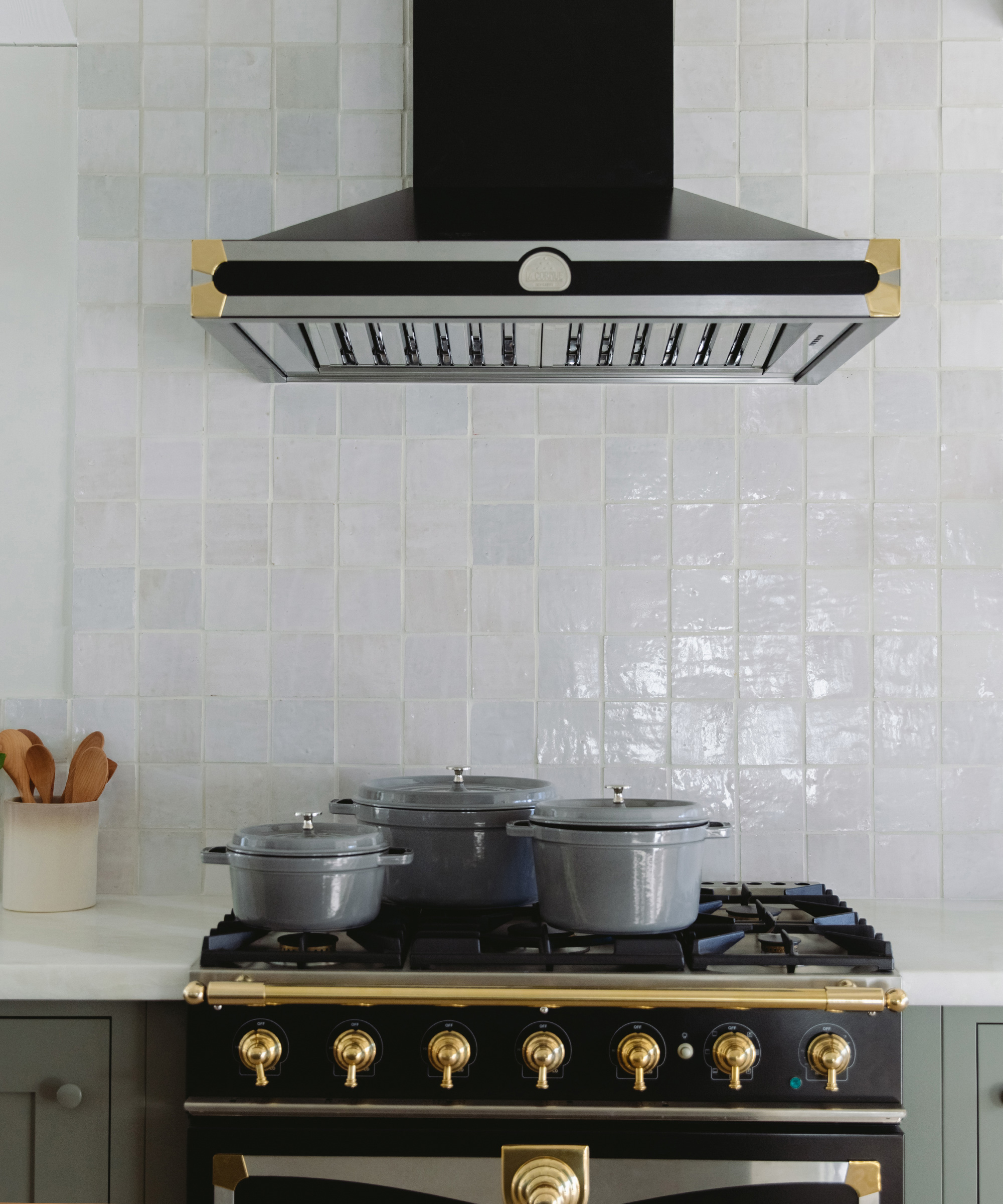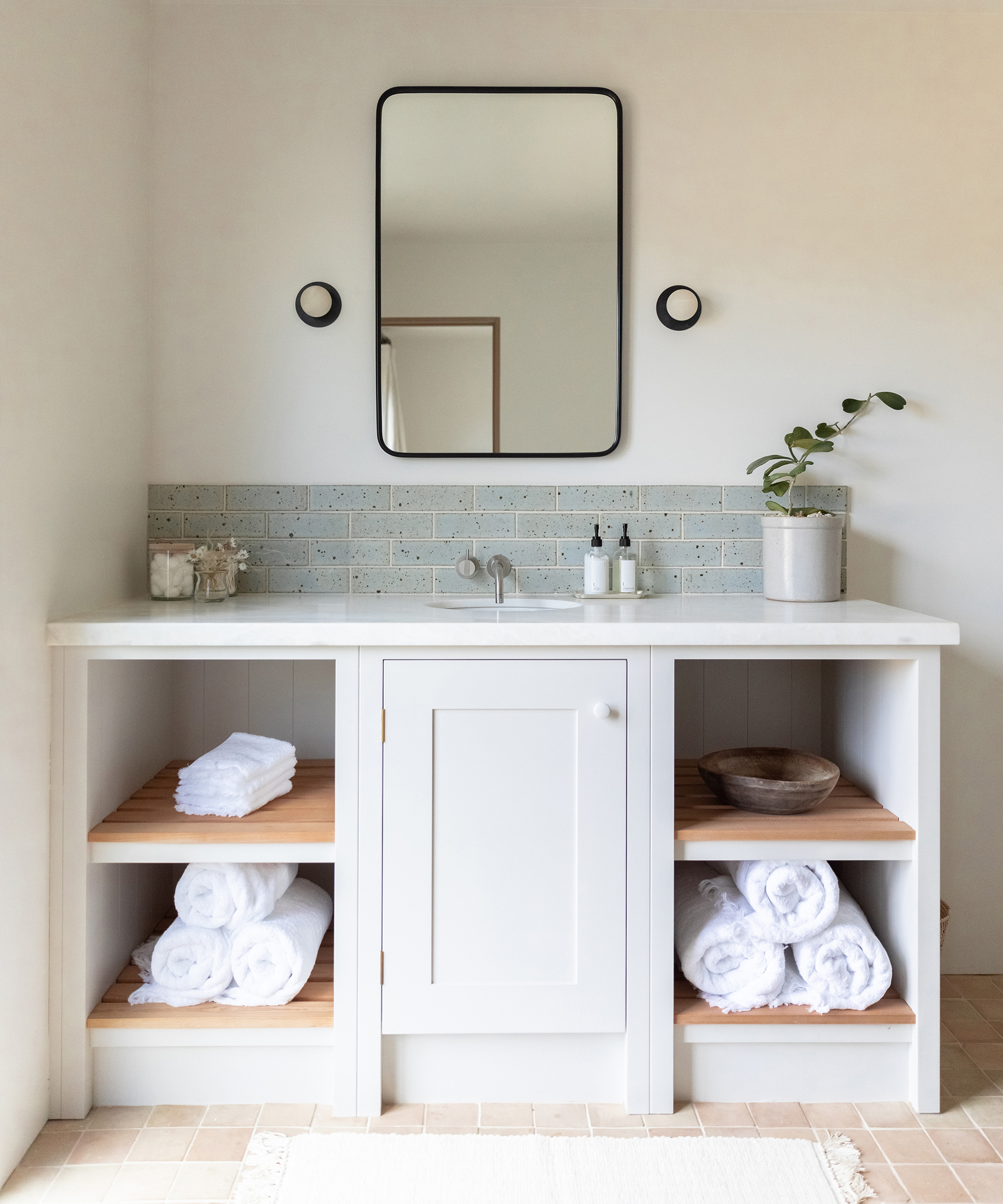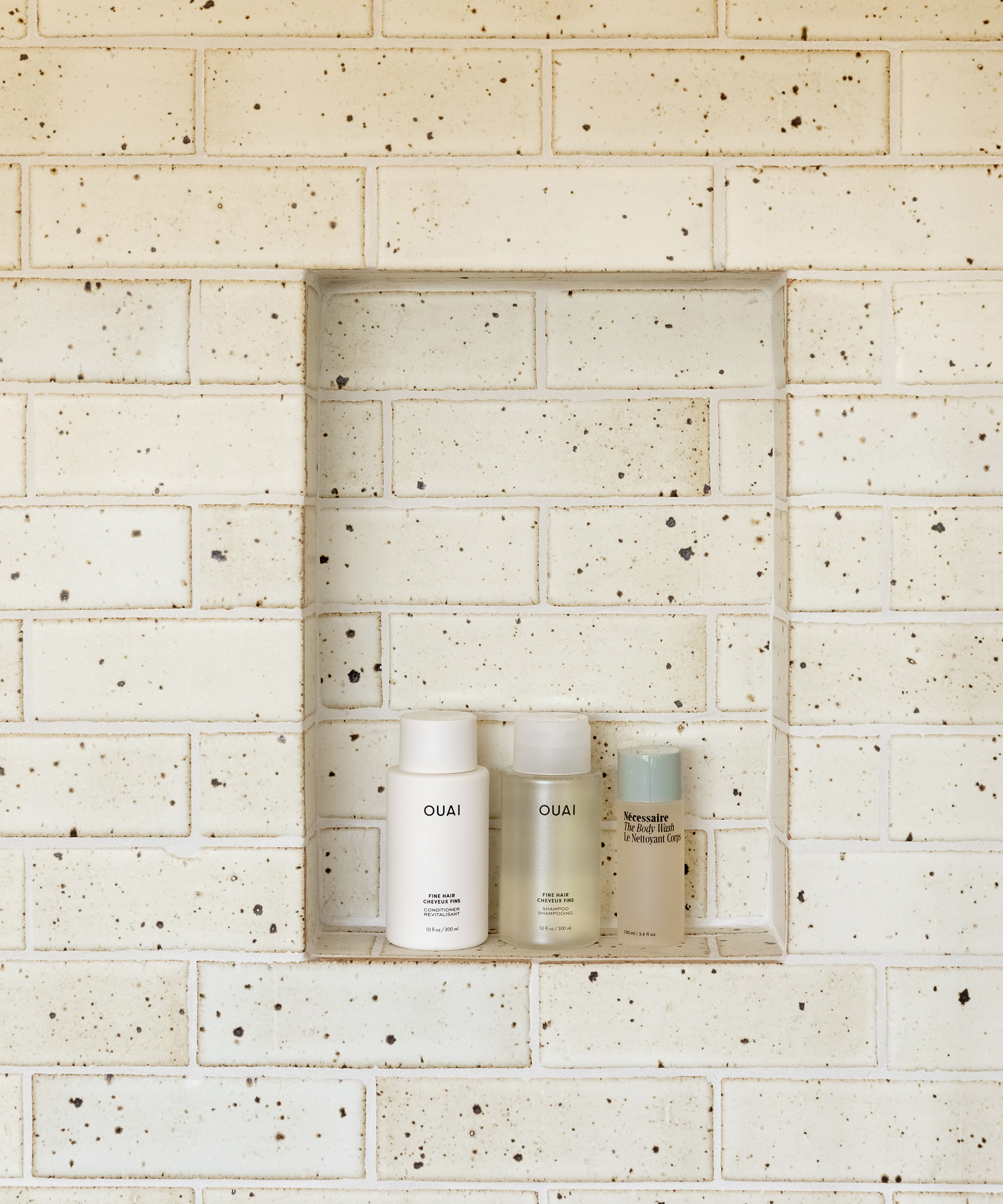The Founder of Clé Tile on the One Thing Every Home Needs
Translation missing: en.blogs.article.author_on_date_html
Living
The Founder of Clé Tile on the One Thing Every Home Needs
May 18, 2022
Though at times the unsung hero of interiors, flooring is so foundational to design that it’s capable of defining generations for better or worse—shag carpeting, anyone? When that foundation, however, is grounded in an artistry like tile—a craft truly stood the test of centuries, millennia even—even the trendiest iterations become timeless by default. It’s rich history and tradition that Clé Tile, curators of the artisan tiling at the JK Ranch, hopes will continue to inspire timeless design far into the future. We recently met with Deborah Osburn, self-proclaimed tile devotee and founder of Clé, to talk all things tile—why it connects us to our humanity, how we can use it to build off of our home’s history, and why a tile you love will always be classic—and for more of her flooring expertise and an inherent passion for the craft that’ll suddenly have you considering wall-to-wall tiling in your own home, read on.
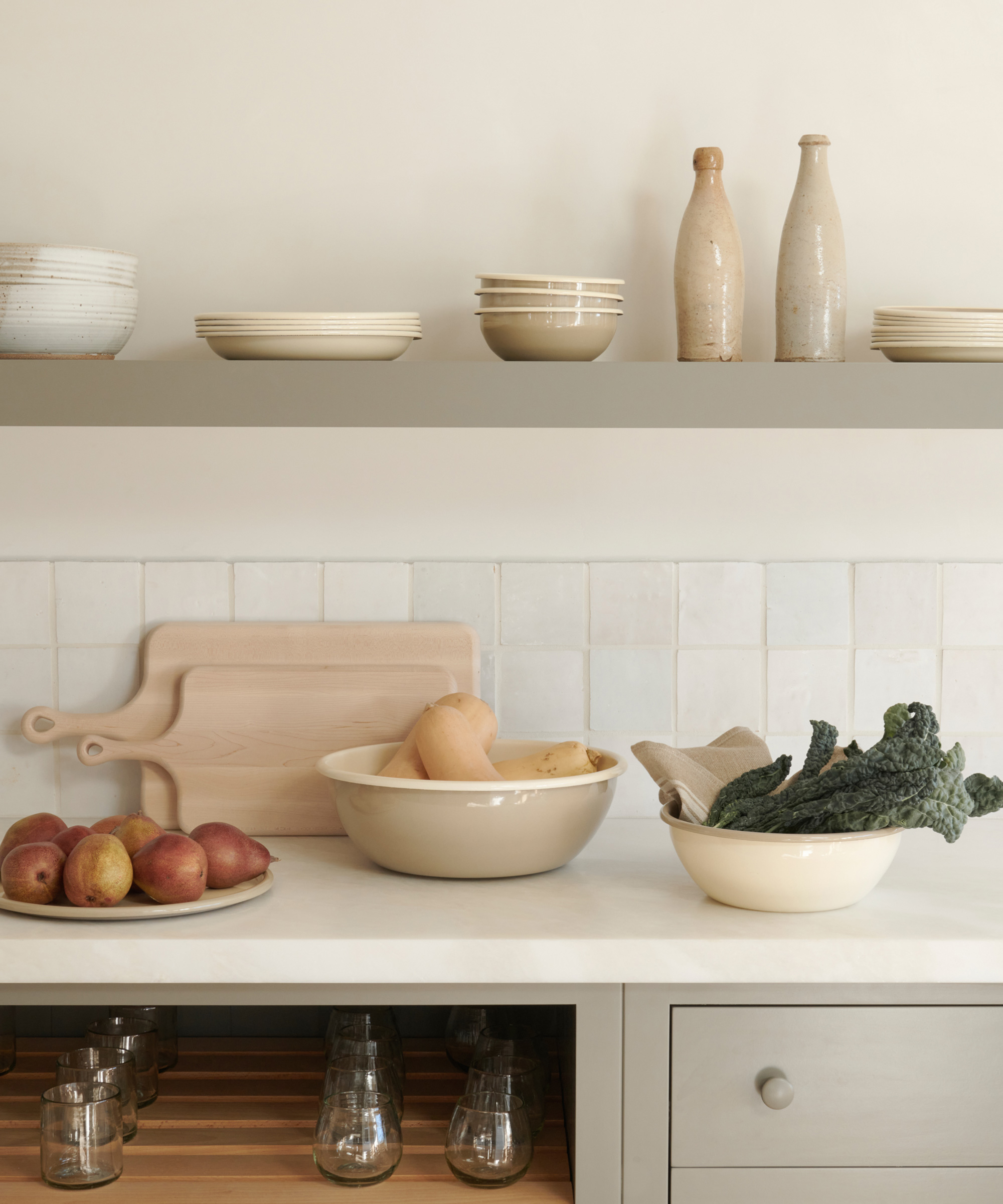
The Founder of Clé Tile on the One Thing Every Home Needs
Rip & Tan: When choosing the right tile for a space, where do you first draw inspiration? Is it imperative to take direction from a home’s history or surroundings?
Deborah Osburn: Definitely! The house history is often where design—and tile—gets its bones. Therefore, history should be the starting point for any design direction. It doesn’t mean this history can’t take on some new design direction. That’s actually where the artistry can begin. For instance, my recent home was built in the 70s and has some intense influences. But I’m guiding that vibe into a more Italian version of this era rather than the California 70s influences it came from.
And the great thing about tile selection is that tiles are what I consider a “foundational” surface. By that, I mean that though tiles are a surface cladding: they are very much part of the foundation of the finishes (unlike wallpaper, for instance) so they have a greater influence on the design process. And this is both fun–but also significant—because you can easily add to these new design directions of a space’s history.
Rip & Tan: How does (or should) your approach to flooring change from room to room? How much should the function of a space play into the choice of a tile?
Deborah Osburn: I think one of the most significant differences in tile usage between the US and the rest of the world is that tile in the US was mostly seen as a surface to support utilitarian needs in specific rooms. In the rest of the world, tile is used for the entire floor plan.
When we design floor tiles, we do so from the lens of a more European architectural approach…as surfaces that can span from entry into the living area and beyond. The idea of switching it up can mean having your public spaces be one tile selection (which adds continuity and expanse to the feel of that space) but as the space transitions into different rooms, the tile selections can change in each room to whatever vibe you would want that room to reflect. By designing in this way, there is so much more intrigue and texture that is added to your project.
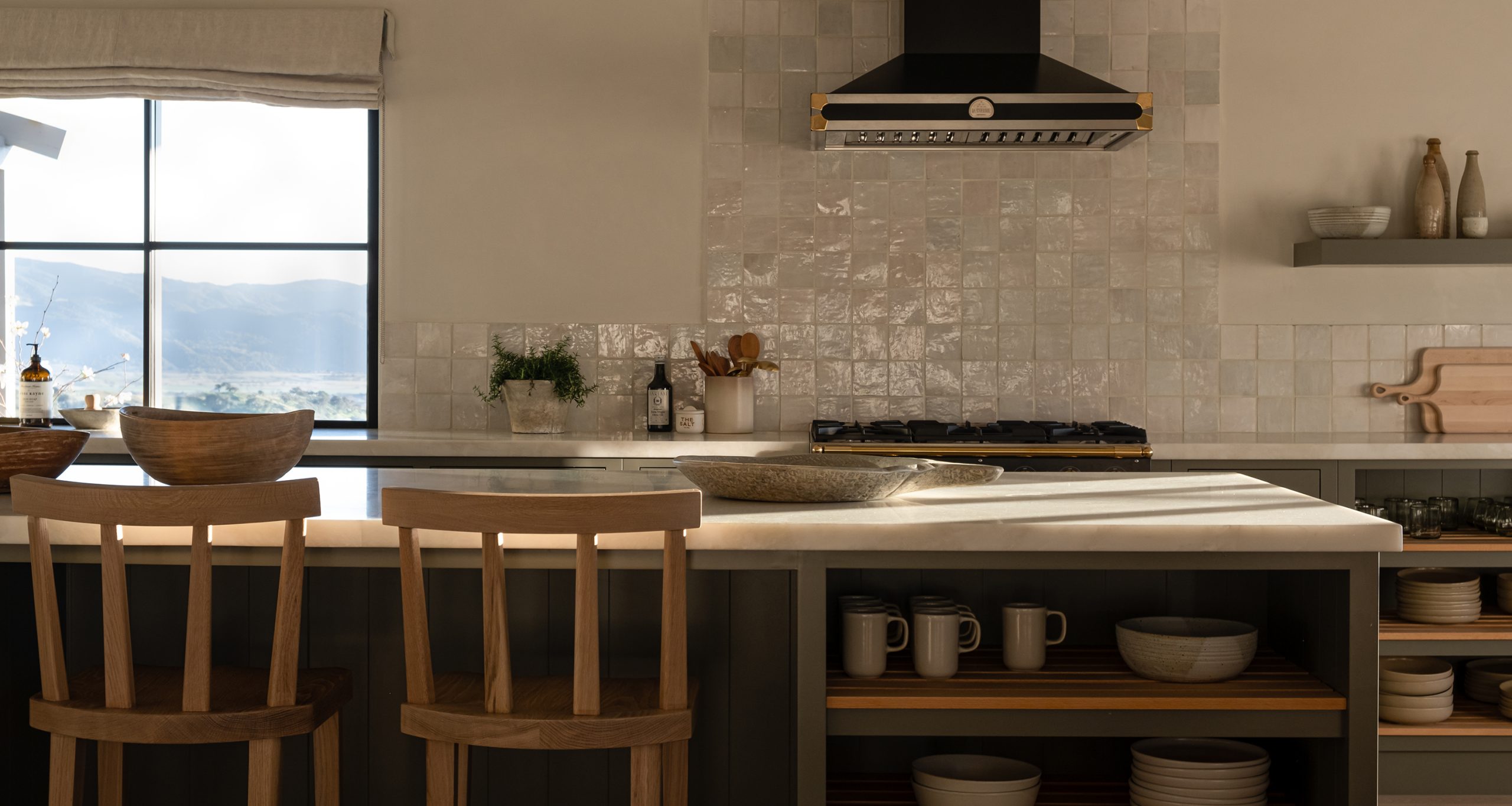
Rip & Tan: Besides the quality, which goes without saying, what is it about Clé tiles that feels so elevated and unique? What makes a tile stand out to you as special?
Deborah Osburn: We give great significance to the values of handcraft. There is nothing like seeing marks of the artisan’s hand or where the imperfections from the volatility of the kiln firing leave their lasting impressions, from kiln flashing to pits left in the glaze due to a burst of calcium in the clay.
My team laughs when I call these remnants the prize in the cereal box…but that’s exactly how I see them: as parts of history that can’t be mimicked by a machine. They are prizes that you will always see in your installation and remember that an artisan crafted your tiles and the “genie in the kiln” left their mark as well.
Rip & Tan: What advice do you have for people who are considering tile flooring in their home but don’t know where to start?
Deborah Osburn: Once you start to consider using tiles, start looking everywhere you go: favorite spaces such as museums, restaurants, and boutiques. You will begin to develop an eye for the surfaces you’re preferring. Also, start poring through your favorite design and architecture magazines, books, Instagram feeds, and so forth. This will help you develop a sense of what you like and a sense of what suits your spaces.
Rip & Tan: Is there such a thing as a tile trend? If so, any in particular you’re not fond of?
Deborah Osburn: Of course, there are trends with all design elements and tile is no different. The biggest difference is that tile trends can and will last far longer than trends with many other design elements.
We have so many new launches coming up and they are filled with of-the-moment trends that we’re hoping to tap into, but also tiles that we are seeing come alive again. This happens because designers are using them in a new way. That’s what is great about tile surfaces: they can stick around for a very long time and get many updates through generations.
I once got advice from another tile designer who said to stick to the classics. At Clé we say: choose the tiles you love, even if you think they might be a passing trend. You are selecting tiles that you have a passion for and by doing so, you’re picking your own classics. This speaks volumes in your home, much more than sticking to tile selections you think will be safe.
Rip & Tan: Should tile always need to pay homage to the history of a home? What are your thoughts on mixing eras and aesthetics?
Deborah Osburn: We always feel like the history of one’s home should always be the starting point of your design inspiration. This is just a good grounding point.
But your home’s history should only be the starting point. If you are reading all the design magazines and feeds right now, you will note that the most engaging projects are not the ones that stay true to the history of the home, but those that honor that history by veering into one’s own design passions.
In this way, you honor both the past while building on the history you will be adding with your own influences. By designing this way, you are creating spaces that not only reveal and support your own aesthetic (thereby ensuring your home is reflective of you and your values), but also add more design texture and resonance.
Rip & Tan: Your ethos is guided by making artful, elevated tile accessible. How does the seemingly simple concept of tiling a space connect us with our history and humanity?
Deborah Osburn: I. love this question because it’s all about why Clé was created!
For me, tile carries an emotional connection to history and humanity. When I was just forming the basis of my own art language, my works were based on a connection to materials as a surface. One of my most specific inspirations came from visiting all the pre-Columbian exhibits at any museum that had such collections. Think of it: it was the time that humans first discovered that clay (earth) could be hardened by fire, creating a whole new material. The notion of those first hands forming and sculpting clay into vessels and surfaces spoke volumes to me. It was a permanent bond that developed between nature and man. Vessels could now provide a basis for eating and cooking. Mud floors—once fired—could now sustain the weather. And all of this is from the discovery that fire and earth created a new substance.
Alternately consider now that our marble kitchens and baths evolved from the first discovery of building and sculpting with stone. It’s overwhelming but true that the pyramids are part of our architectural history and stone surfaces come from that.
At Clé, we are constantly reflecting on these historic benchmarks as we are forever humbled by this connection. We feel a huge responsibility that the works we produce and share always start from the point of homage to the historical thread that has—from the start—marked the evolution of previous civilizations as they developed and prospered.
Shop the Story
Photos by Amanda Sanford Angi Welsch and Olivia Pierce
